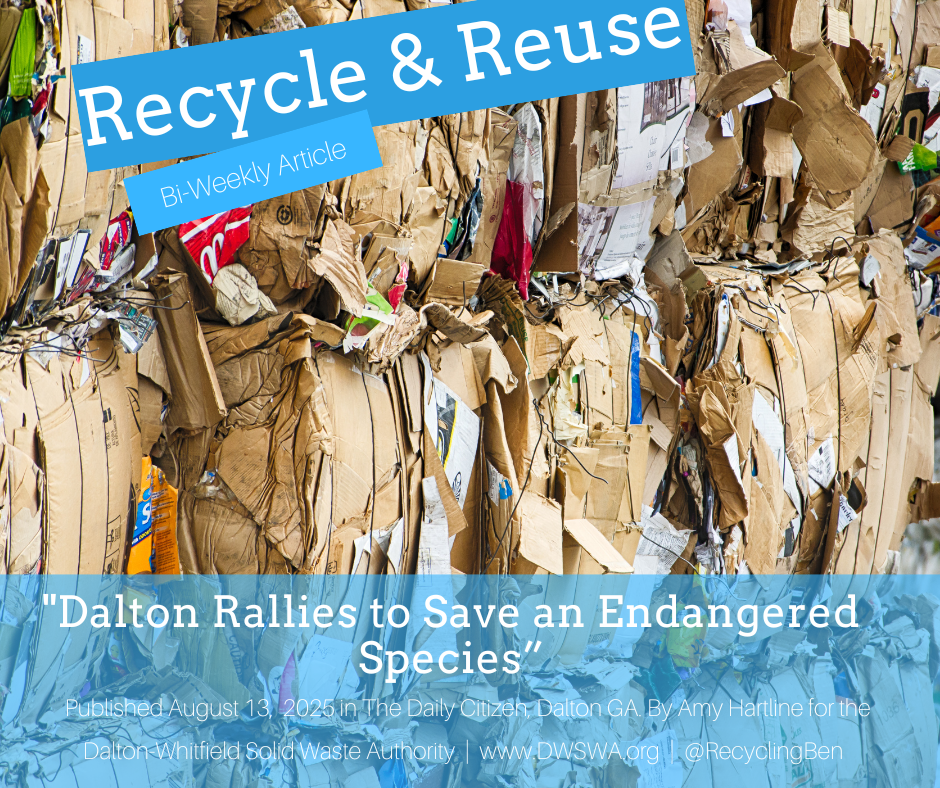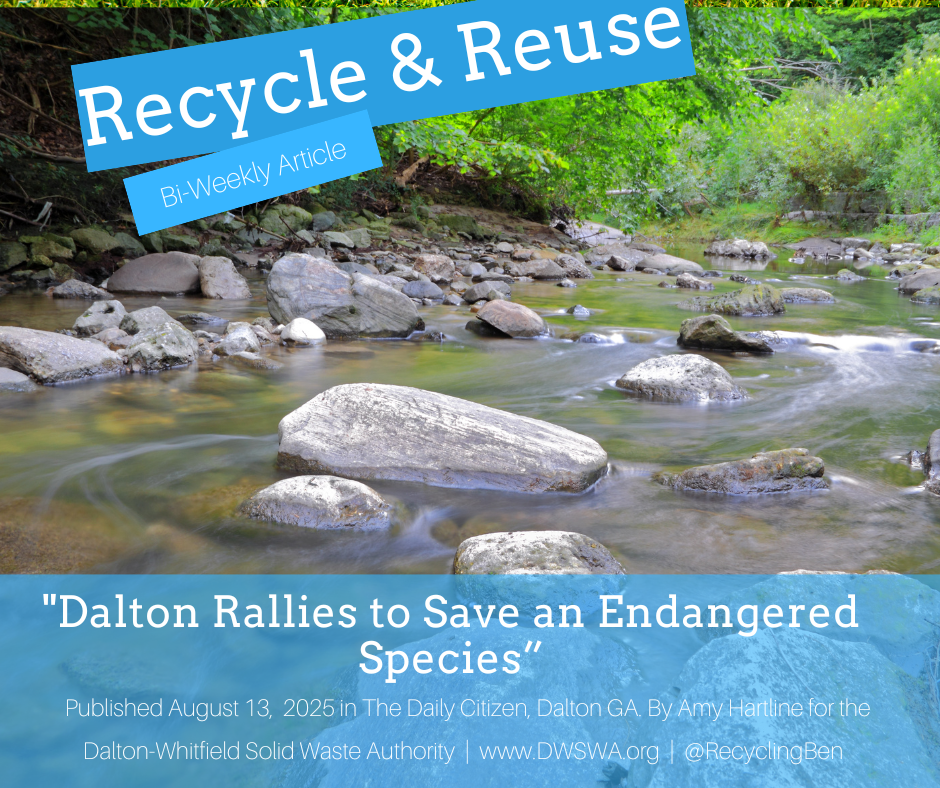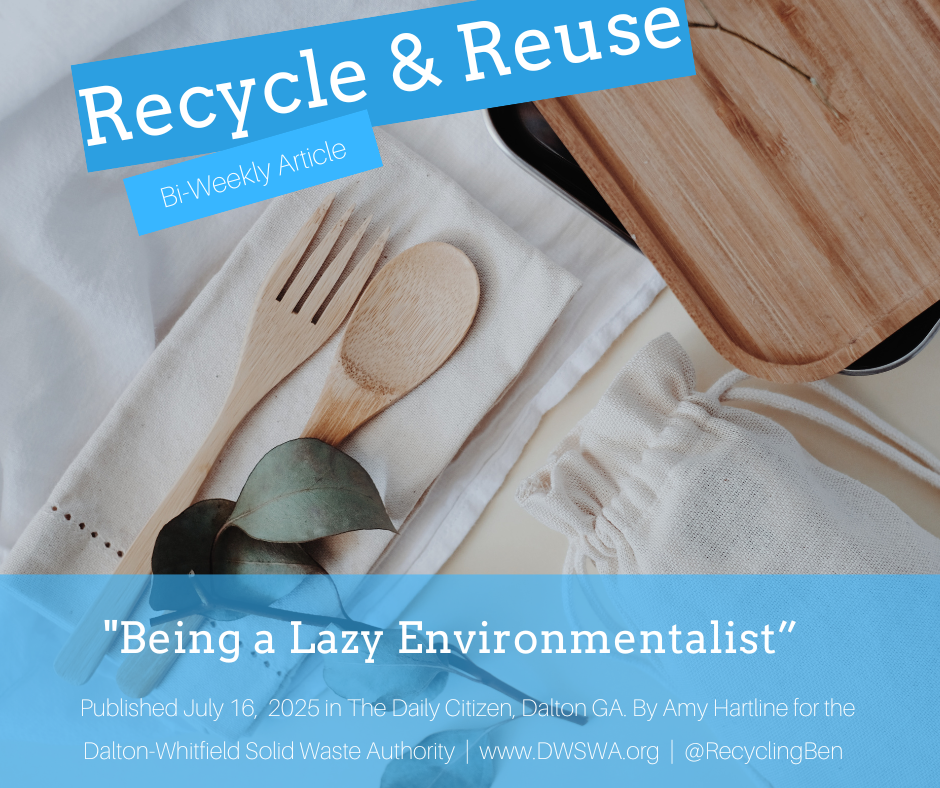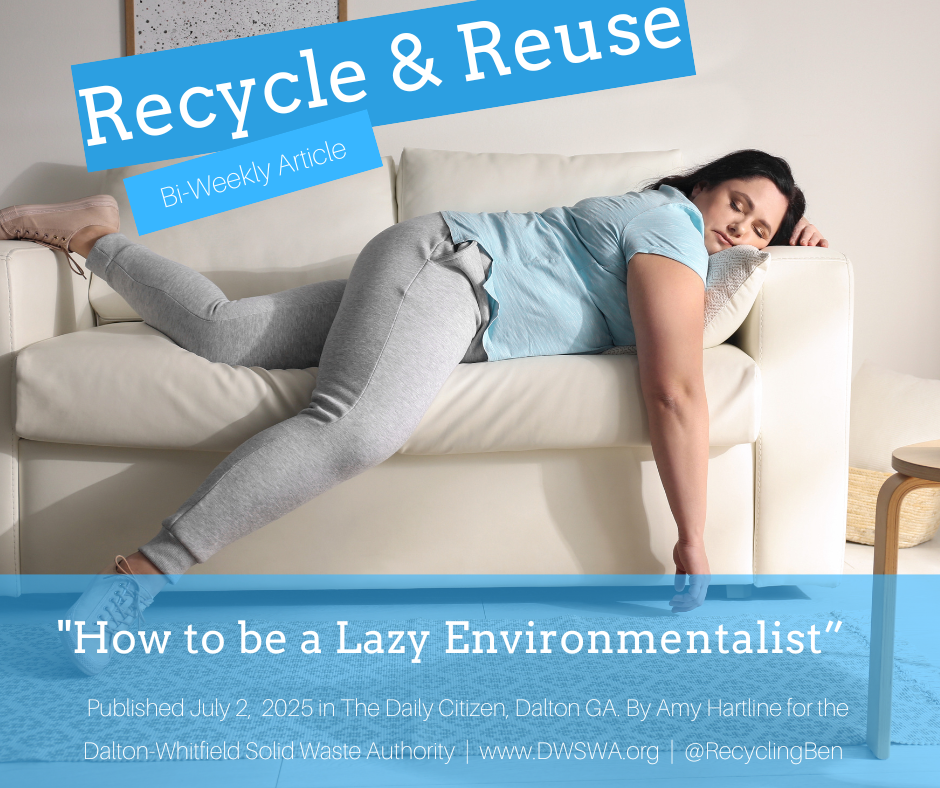How Aluminum Beverage Cans Are Recycled
/The recycling process for an aluminum beverage can takes as little as sixty days. Recycling one can saves the energy required to run a television set for three hours. Pictured is a bale of cans ready to be sent to a manufacture for processing.
Have you ever wondered what happens to an aluminum beverage can after you put it in a recycling bin? Or how the can came to be manufactured in the first place? Understanding the life cycle of a product will help us make better decisions about how to use and properly dispose of them.
Before an aluminum beverage can arrives on a store shelf filled with the sugary soda or flavored waters we enjoy drinking, it is manufactured. This process begins with mining bauxite ore from the Earth’s crust. Mining may require the removal of trees and vegetation from the site, as well as the use of drills, large bulldozers, and blasting. When the bauxite is loose and broken down into more manageable pieces it is loaded onto trucks that transport the raw material to an alumina refinery.
At the refinery, the aluminum is extracted from the bauxite then melted into a molten pool of hot metal. This electricity-intensive process is called smelting. After further refinement, the aluminum is formed into a large column or slab called an ingot. These are typically about 25 feet long and weigh more than 50,000 pounds. You may have seen one before strapped onto a flatbed tractor trailer. At this point, the ingot is transported to manufacturers who may make products like serving utensils, foil, metal for airplanes or construction projects, and more.
Aluminum ingots that will be used by beverage can manufacturers will first be pressed into a long continues sheet and rolled up. Some of the rolls can weigh as much as twelve tons and measure almost six miles long. According to the book “Make Garbage Great: The Terracycle Family Guide to a Zero-Waste Lifestyle” by Tom Szaky and Albe Zakes, “These massive spools are unrolled with a machine called an uncoiler, which then lubricates the metal and sends the flattened sheet through the beverage can assembly line.”
Next, circles are cut out from the aluminum sheet. The circles are formed into small cups then stretched into the shape of a taller longer can. After being trimmed and washed the cans are sent to a printer that applies the exterior label and protective coating. Later the cans receive a protective coating on the inside to prevent liquids from coming into contact with the aluminum. Cans are tested for leaks and defects before being sent to beverage suppliers who fill the cans with drinks.
After being filled with the tasty liquids we enjoy so much, cans are sealed with pop-tab tops and shipped out to stores. At the store, cans are put on display on store shelves where consumers, like us, select the beverage can we want to buy and drink.
When the beverage is consumed we are left with a decision to make. Should the empty aluminum can be thrown in the garbage can or a recycling bin? If thrown in the garbage the can will be taken to the landfill where it is mixed with other types of waste and buried. Recycling, however, allows the aluminum can to be remanufactured into a new product. This means that the bauxite ore which was mined from the Earth can be used again.
Thanks to recycling it’s estimated that nearly seventy-five percent of all aluminum ever produced is still in use today. Aluminum is a resilient metal that can be recycled over and over again. It’s important to note that only the products that are separated for recycling correctly are sent to be remanufactured. Recyclable products mixed in with the garbage are not sorted at the landfill or at any point in the waste disposal process.
When you send your empty beverage can to the recycling center it is combined with other aluminum cans in a holding area. After there is enough for a truckload the cans are crushed and shaped into a large bale. The bales are sent to the aluminum recyclers where the cans are shredded into tiny pieces. These are then heated into molten aluminum along with thousands of other cans and are formed into an ingot.
Manufacturing aluminum beverage cans from recycled cans, instead of raw bauxite ore, saves an average of ninety-five percent of the energy required by the smelting process. As a result, recycling one beverage can save enough energy to run a television set for three hours. Recycled cans can become new beverage cans we can buy, drink, and recycle again in as little as sixty days. The average beverage can contain seventy percent recycled content.
































